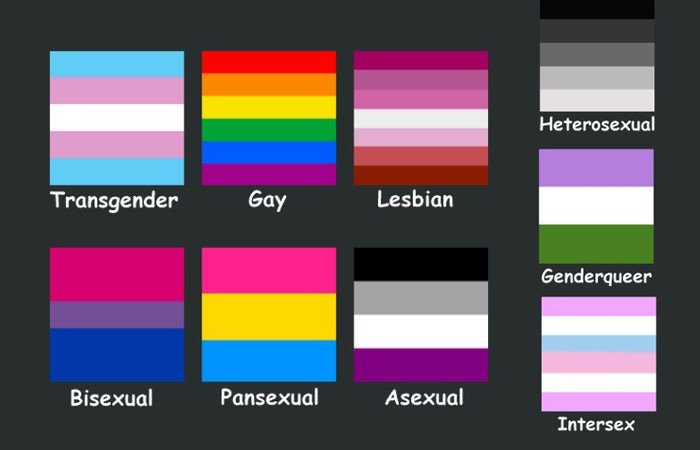Complete Guide to LGBTQ Flags
The rainbow flag, originally designed by Gilbert Baker is known as the gay pride flag or LGBT pride flag. The rainbow flag has been a symbol of the LGBT Community since 1978, when Gilbert Baker’s designed flag appeared in the San Francisco Gay Freedom Day Parade. The rainbow flag is a symbol of lesbian, gay, bisexual and transgender.
You might only know of the rainbow flag but there’s more than the rainbow flag. Below we are sharing notable banners from across the spectrum of gender and sexuality.
Rainbow Flag
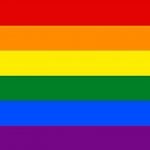
Rainbow flag is the most widely recognized symbol of the LGBT community. The rainbow flag had eight strips – Hot pink for sex, Red for life, Orange for healing, Yellow for sunlight, Green for nature, Turquoise for magic/art, Indigo for serenity and Violet for spirit. But today it has only six stripes.
Transgender Flag
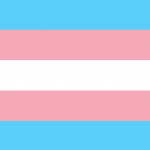
The Transgender flag was designed by Monica Helms, a trans woman in 1999. The flag made its official debut at a Pride parade in Phoenix in 2000. The flag has three colors Light Blue for baby boys and Pink for girls and White for those who have no gender.
Pansexual Flag
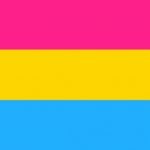
The pansexual pride flag represents the pansexual community. It has three colors Blue represents the male spectrum, Yellow for non binary and Pink for female spectrum.
Bisexual Flag
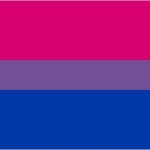
The bisexual pride flag was designed by Michael Page in 1998. The bisexual flag has two overlapping overlapping pink and dark blue triangles named as “the biangles”.
Gender queer Flag
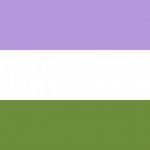
The genderqueer flag was designed by Marilyn Roxie in 2010. The flag has three colors Lavender which represents agender identity, White to represent those who fall outside of the gender binary and Pink represents androgynes.

